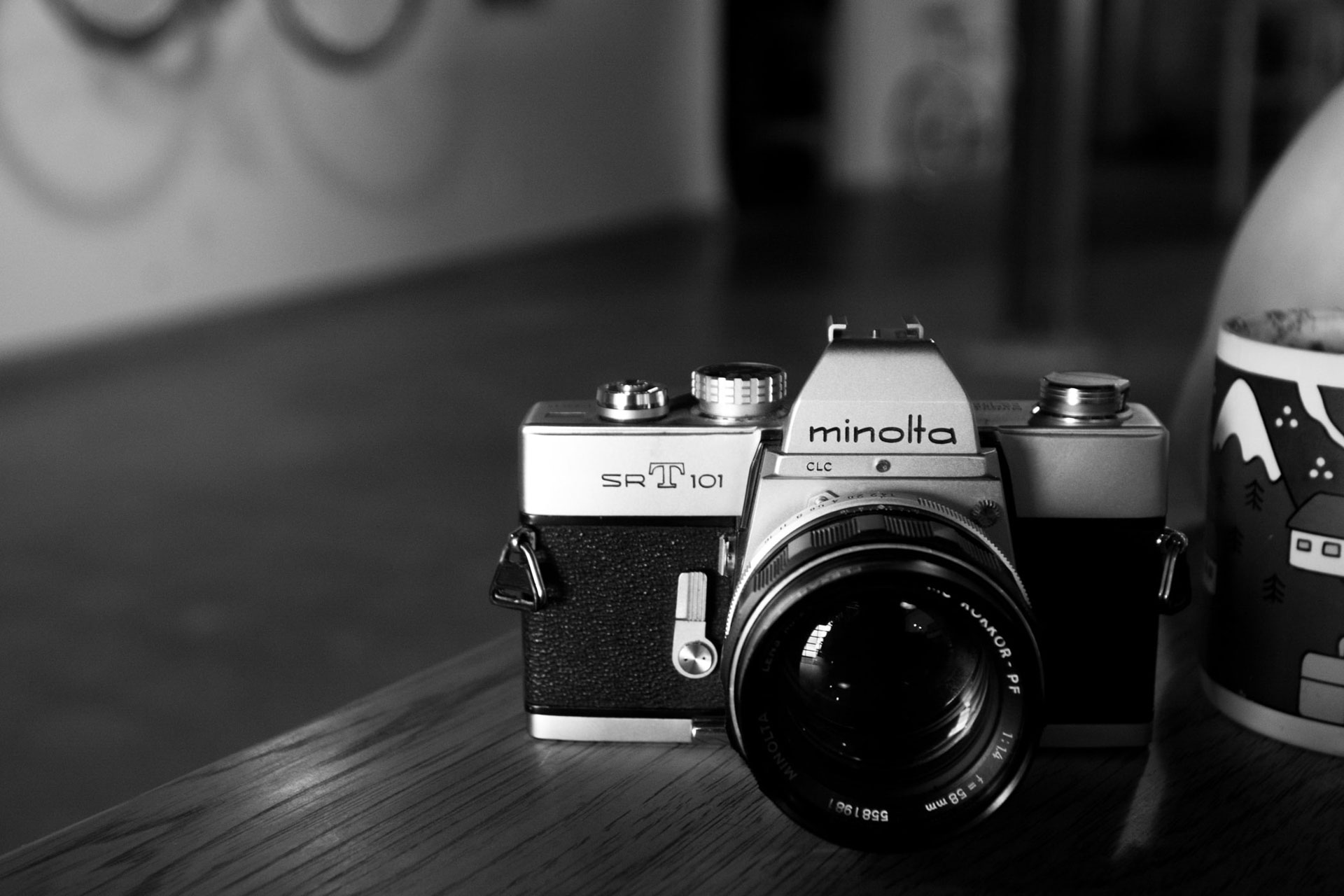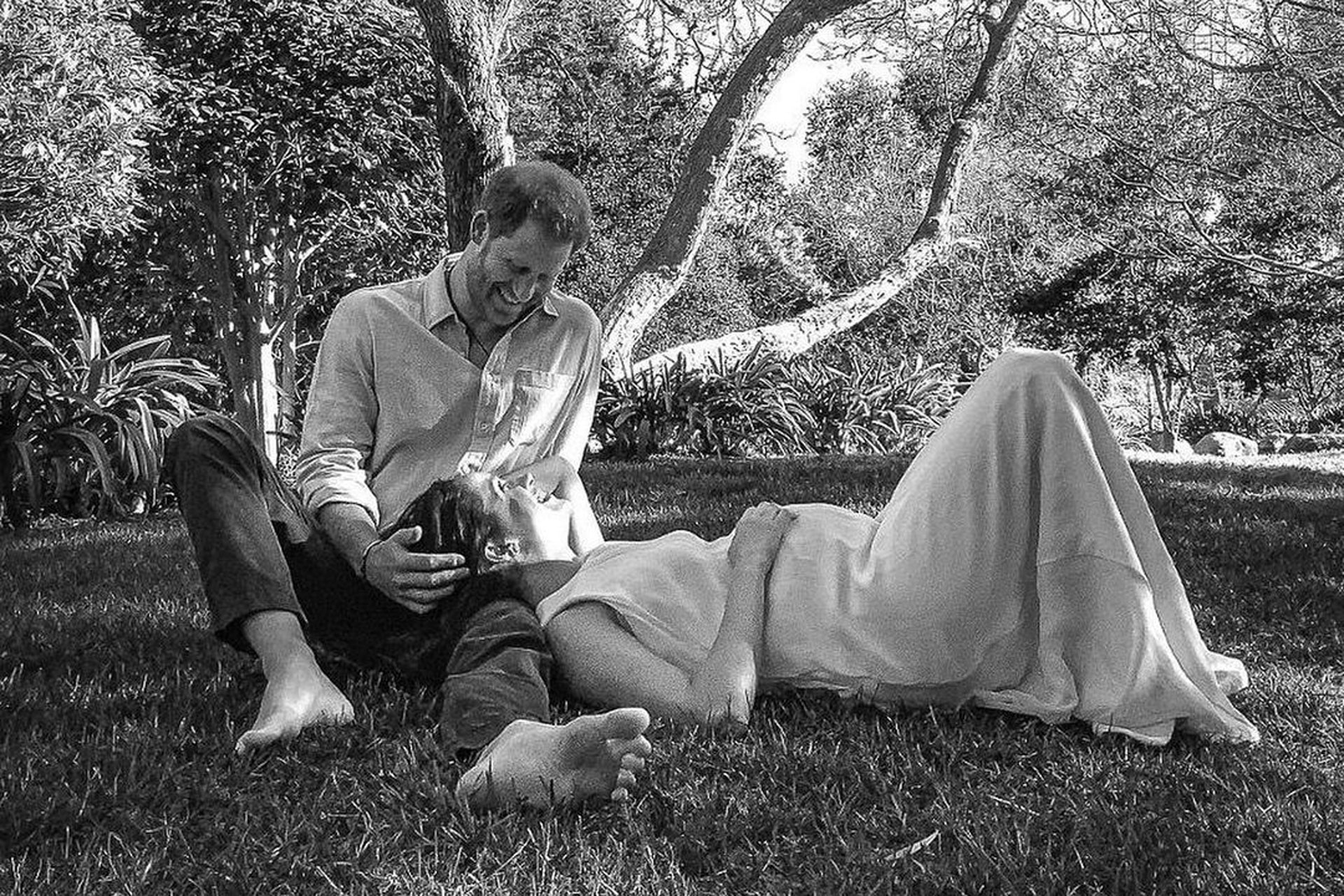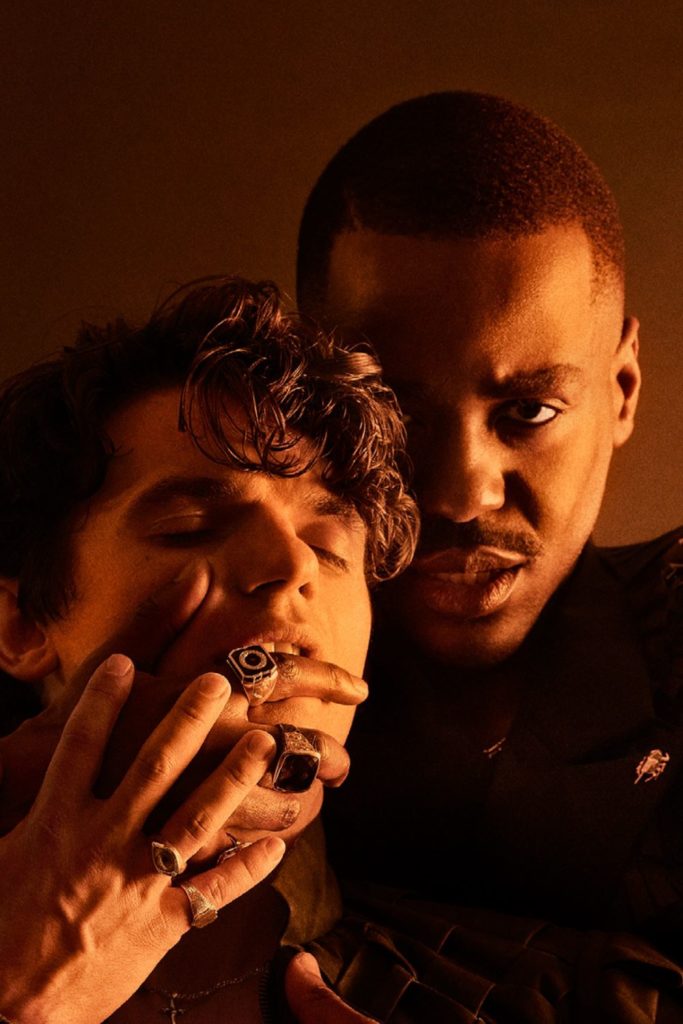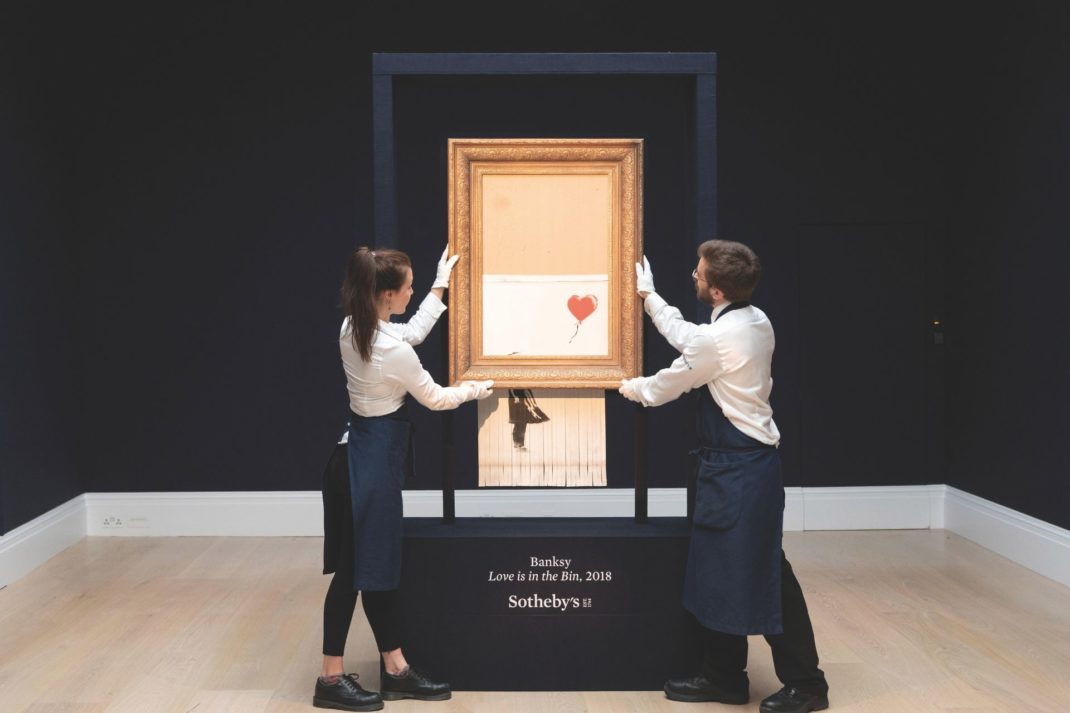Exclusive Interview With Misan Harriman
By
4 years ago
Meet the new Southbank Centre chair and photographer behind the Duke & Duchess of Sussex's baby announcement

If you had to summarise the year 2020 with a handful of images, Misan Harriman’s would, without a shadow of doubt, be in the mix. In all likelihood, you were been sharing his photographs (whether knowingly or not, such is social media’s ability to give content wings to fly) all year long. Few photographers have captured the mood of a moment with such lucidity; if a picture speaks a thousand words, Misan’s speak of centuries of oppression and of a population on the cusp of meaningful change.
Last year, Misan Harriman became the first Black man to photograph a cover of British Vogue in the magazine’s history and in Country & Town House’s Break Out Culture podcast, he speaks of his short, sharp rise to fame, of institutional racism in the UK, and the power of image to galvanise a nation. The photographer has also been appointed chair of the Southbank Centre, of which he said: ‘I believe the incredible mix of arts voices that Southbank Centre offers has never been more important, and has huge potential as we develop a modern, post-lockdown cultural institution, and explore new ways to innovate and bring arts to our communities.’
Misan Harriman is also a long-time friend of the Duke and Duchess of Sussex, and the couple entrusted him with taking the photo for their pregnancy announcement earlier this year, directing the shoot remotely via an iPad from London. ‘With the tree of life behind them and the garden representing fertility, life and moving forward, they didn’t need any direction, because they are, and always have been, waltzing through life together as absolute soulmates,’ Harriman told Vogue. ‘When you see people who have the connection that they have, it’s like reading the pages of a book.’

Misan Harriman
Below we revisit our interview with Harriman, as told to Charlotte Metcalf and Ed Vaizey.
Listen to Misan Harriman on the Break Out Culture podcast on Spotify or iTunes.
Read Excerpts From Our Misan Harriman Interview
On His Rise To Fame
“I gave up head hunting five years ago. I decided to look inward and take a bird’s eye view of who I’ve always been. I was always that kid that loved film more than most, loved anything that was arts and culture. I suffer from imposter’s syndrome and always thought I wouldn’t be any good at that. It wasn’t until I met Camilla [my wife] and three years ago she said ‘all you do is talk about Norman Parkinson and Irving Penn and Cecil Beaton and Gordon Parks. I’m sick and tired of hearing about these people, why don’t you create and see if you can carve out a voice of your own in terms of image making?’ and I picked up the camera and I just started by photographing my friends. Every time I photographed them, they would post it on their Instagram and then there would always be quite a strong reaction. It was a very organic experience in people learning about the fact that I take photographs. But the photography is self-taught; I taught myself on YouTube tutorials – I’m quite heavily dyslexic so I struggle with traditional methods of consuming information in a classroom or on a course. I really like understanding things visually. I kept shooting and shooting and some way along that journey, people decided that I could take a decent image.
“When the civil rights, antiracist movement hit the shores of the United Kingdom, I went out there with my camera and took pictures and as soon as I put those pictures online it was like a tinderbox. Everyone who saw them had a strong reaction to them and everyone from the Mayor of London to Lewis Hamilton and even the son of Martin Luther King himself used my images to make statements about racism. With so much visibility, Edward Enninful of course being on the pulse, saw those images and realised, as only people that are visionaries can, that my voice was needed. My visual voice was needed to tell the story of the September issue of British Vogue.”
On Superstardom
“When you have two little ones, your feet are kept firmly on the ground. I just got vomited on and my dog had a meltdown as well so I feel very regular, as I should. But it has been a unique summer; I am aware that it has been a life-changing four months for me, which is something that I’m trying to process as best as I can.”
On Racism
“Hackney carriages and my good self are not the best of friends. It [not being picked up by taxis] is something that all my friends have had to deal with from a very young age. My average is about five that drive past me [refusing to stop] but 13 was the most. It doesn’t happen anymore because every black person I know now uses Uber because we’re sick and tired of the humiliation. You get the ones that slow down, take a good look at you and speed up, you get the ones that just switch their lights off as soon as they see you. My wife is Swedish and white and it’s gotten to the point now where if we’re in the theatre district and we need a cab quickly, I stand five feet behind her and she sticks her hand out; they screech to a halt and are horrified when they see me jumping in with her. It is a great observation on what racism is because for a lot of my friends that aren’t black, it is quite difficult to understand what it is to be stopped and searched, or to be literally injured or killed by the people that are supposed to protect and serve you. But it is very easy to imagine the idea of leaving somewhere and trying to hail a cab and being driven past, because most people have driven cabs. I use that example a lot to help people to understand what institutional racism is, rather than just violence from horrible policemen.”
On Vogue’s Activism Special
“The issue and the cover is incredibly brave and honest for a major glossy to do. On the front cover is Marcus Rashford the superstar football player from Manchester United who every other week he seems to be making history and making our government do things that many would say they should do without any pressure. Adwoa Aboah is a supermodel that uses her platform to help young girls who are dealing with mental health issues and just being a really positive young woman in this age of throwaway content online and rampant misogyny it’s really important to have women like her that are trying to make a safe space for young girls to blossom in a very vulnerable time. To have both of them on the cover, I call it a symphony of activism, orchestrated by Edward. And then he reached out to activists globally. We’re talking about grass roots stuff, people that are unknown to the typical British Vogue reader, and he wanted to give them a platform. Women’s domestic violence charity Solace, for example, I photographed the founder for the September issue of British Vogue, it’s extraordinary. He’s been pushing the boundaries in a time where a lot of people are questioning who they are and what their value systems are and it’s a perfect time for Vogue to have more than a voice. This is a world that needs more than an observation on clothes and shoes, and that is what he is doing.”
On What We Seee
“What We Seee was born out of my concern out of what the internet was becoming for so many people. I am known for calling it the weaponisation of mediocrity, the normalisation of low-rent content that people were getting too used to consuming. Content that was incredibly bad for our mental health. So, I realised that it wasn’t that people have bad taste, they generally don’t have time to look for really interesting things to consume online. They end up being pummelled algorithmically by crap and they relent. So, I wanted to build a safe harbour of highly curated stories, videos, photography and what have you by my team, so that you wouldn’t have to think anymore. You could get on one of our pages and you would know that it has been done by actual human beings who publish heart first. And to be honest what’s happened in the last six months has made the industry of advertising and media turn in our direction more than anything else. Now, people are looking for empathy, for stories that are reaching our hearts and minds and we are here to make sure that you have your digital five a day of empathy.”
On What’s Next
“What We Seee has really picked up in terms of brands who want to work with us on issues like diversity and inclusivity and the nuances that most large businesses are absolutely terrified of. We’re building out our production arm, we’re making a couple of documentaries and shorts at the moment and I’m going to be dipping my toe in film making so I’m looking at a few projects to direct. On the photography side, more shoots that you’ll see in good time and, whether I like it or not, I have become an activist in the UK and a lot of young people look to me to help them with all the trials and tribulations they’re going through. Whether that is mental health problems or having the opportunity to have a seat at the table, so I am working with a few businesses to set up initiatives that will hire more people from a diverse background that are bloody good at their jobs. I’m not interested in handouts. This is about talented people that don’t have the same network as I have that deserve to be seen.”
Listen to Misan Harriman on Break Out Culture now on Spotify or iTunes.
Follow Misan on Instagram for more of his work.
READ MORE:
Best Art Books / Best Art Films & Documentaries to Watch Now



